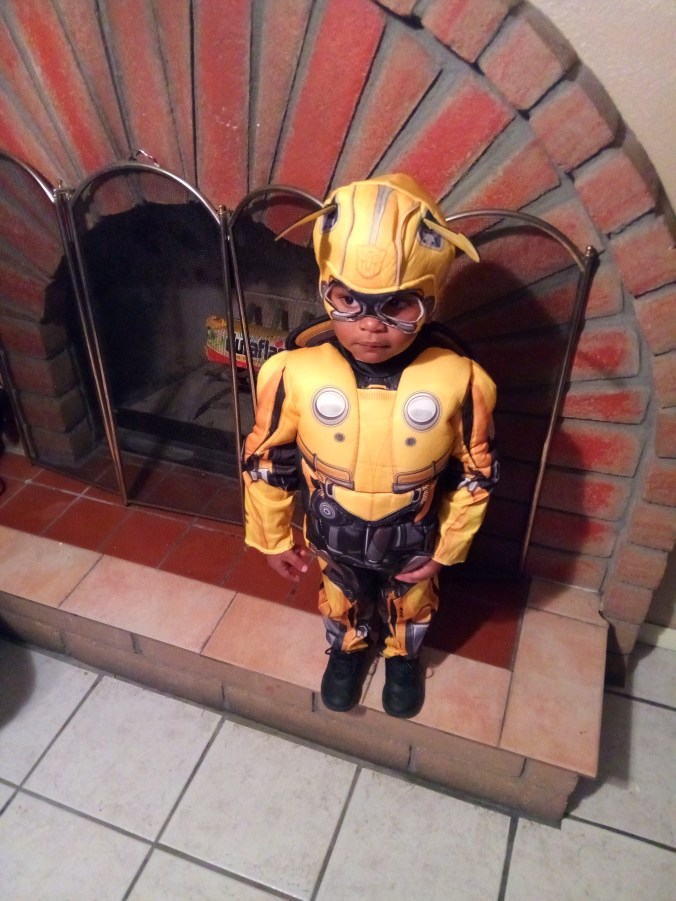
Traumatic brain injury: graphic courtesy Brainline.org
Hopeful signs for treating brain injuries
There are more than 200,000 cases of traumatic brain injury (TBI) in the US every year. The injuries can be devastating, resulting in everything from difficult sleeping to memory loss, depression and severe disability. There is no cure. But this week the SanBio Group had some encouraging news from its Phase 2 STEMTRA clinical trial.
In the trial patients with TBI were given stem cells, derived from the bone marrow of healthy adult donors. When transplanted into the area of injury in the brain, these cells appear to promote recovery by stimulating the brain’s own regenerative ability.
In this trial the cells demonstrated what the company describes as “a statistically significant improvement in their motor function compared to the control group.”
CIRM did not fund this research but we are partnering with SanBio on another clinical trial targeting stroke.
Using a woman’s own cells to heal endometriosis
Endometriosis is an often painful condition that is caused when the cells that normally line the inside of the uterus grow outside of it, causing scarring and damaging other tissues. Over time it can result in severe pain, infertility and increase a woman’s risk for ovarian cancer.
There is no effective long-term treatment but now researchers at Northwestern Medicine have developed an approach, using the woman’s own cells, that could help treat the problem.
The researchers took cells from women, turned them into iPS pluripotent stem cells and then converted those into healthy uterine cells. In laboratory tests these cells responded to the progesterone, the hormone that plays a critical role in the uterus.
In a news release, Dr. Serdar Bulun, a senior author of the study, says this opens the way to testing these cells in women:
“This is huge. We’ve opened the door to treating endometriosis. These women with endometriosis start suffering from the disease at a very early age, so we end up seeing young high school girls getting addicted to opioids, which totally destroys their academic potential and social lives.”
The study is published in the journal Stem Cell Reports.

Happy Halloween from a scary SCID kid
A lot of the research we write about on the Stem Cellar focuses on potential treatments or new approaches that show promise. So every once in a while, it’s good to remind ourselves that there are already stem cell treatments that are not just showing promise, they are saving lives.
That is the case with Ja’Ceon Golden. Regular readers of our blog know that Ja’Ceon was diagnosed with Severe Combined Immunodeficiency (SCID) also known as “bubble baby disease” when he was just a few months old. Children born with SCID often die in the first few years of life because they don’t have a functioning immune system and so even a simple infection can prove life-threatening.
Fortunately Ja’Ceon was enrolled in a CIRM-funded clinical trial at UC San Francisco where his own blood stem cells were genetically modified to correct the problem.

Today he is a healthy, happy, thriving young boy. These pictures, taken by his great aunt Dannie Hawkins, including one of him in his Halloween costume, show how quickly he is growing. And all thanks to some amazing researchers, an aunt who wouldn’t give up on him, and the support of CIRM.